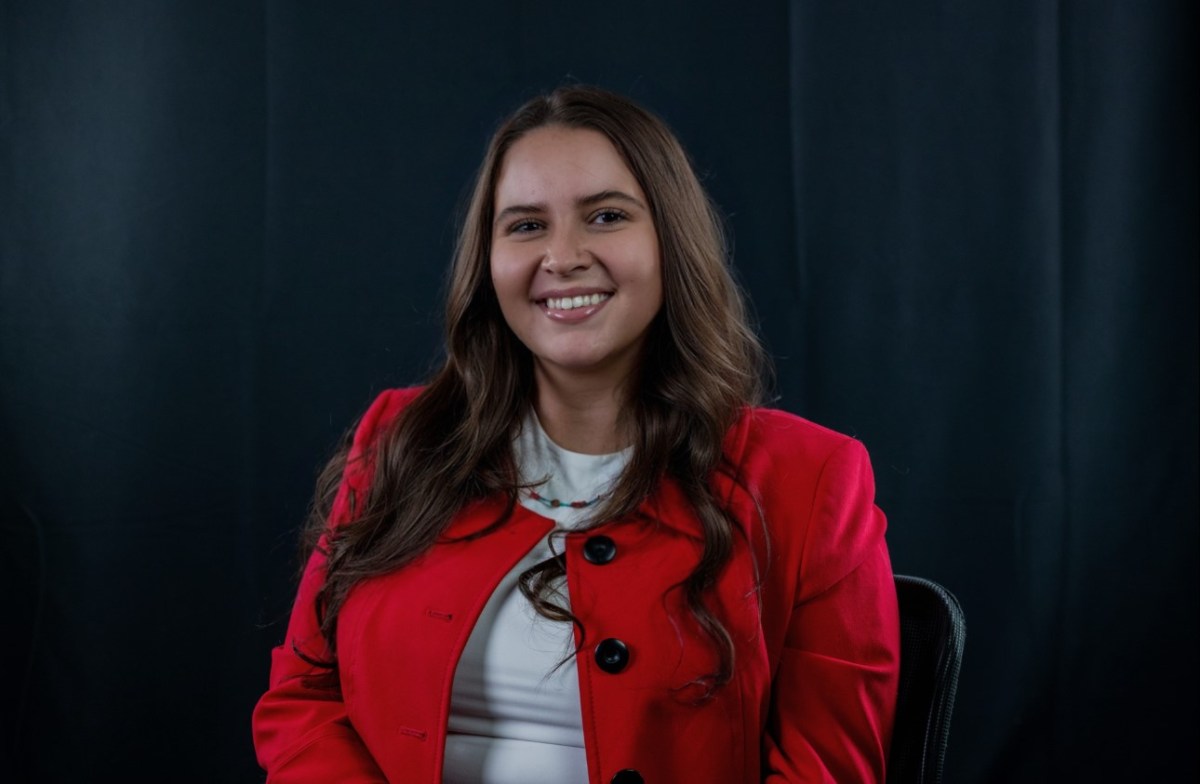The first words spoken by Tara Roanhorse at her NASA internship were in Navajo: “Yá’át’ééh shík’éí dóó shídiné’é, shí ei Tara Roanhorse dashijiní. Bítsiigha’ Łichí’í Diné’é Bilagáaná níshłǫ́ǫ, Tsi’naajinii báshíshchíín. Áádóó índá Bítsiigha’ Łichí’í Diné’é Bilagáaná eí dashicheii, áádóó Tó Dích’íi’nii dashínálí. Ákót’éego Diné níshłį́į dóó Kimberling City, Missouri hóólyéédę́ę́’ naashá. Ákót’éego nihich’į’ ádééhósiszįįd dooleeł dííshjį́. Ahéhee’!” A traditional greeting, “Hello my friends and my relations, my name is Tara Roanhorse. I am of Irish heritage, born for the black streak wooded people. My maternal grandfather is of Irish heritage and my paternal grandfather is of the bitter water people. I am from Kimberling City, Missouri. In this way, I am a Navajo woman. Thank you!”

As an intern in NASA’s Office of STEM Engagement, Tara is responsible for helping to reach audiences via social media to get NASA STEM resources into as many hands as possible and ensure potential interns know there is space for them at NASA. Since the beginning, she’s been led by her Native heritage; as a Diné woman, she’s familiar with what it means to feel like an outsider. “Indigenous people and women aren’t very represented in STEM spaces, so it felt like a long shot when I applied,” said Roanhorse. “Aside from my time at my Tribal University, I’m often the only Indigenous person in the room.”
As a STEM Communications intern, Tara shares that her work “includes writing blogs about current and former interns, creating content for the Internships social media accounts and providing support for the NASA STEM social media accounts, and supporting wherever I can with helping to create engaging and informative content across my team. I really enjoy being able to create things that help put STEM in people’s hands in a way that they can understand.There are so many great resources out there for kids, adults, tribes, and schools that haven’t traditionally been so accessible, so my personal goal is to help everyone be able to access the work that’s being done.”

Although now a familiar face at NASA, Tara had her doubts: “Growing up I was always interested in science and technology but wasn’t always the best at practicing it, but I was good at explaining things to people! That’s why, when I returned to get my college education in my early twenties, I knew STEM communications was something that I wanted to do,” said Roanhorse.

NASA’s missions are strengthened by the diversity of worldviews of its workforce. According to Tara, “my heritage and culture have provided a different lens through which to see the work that’s being done. My tribe has a holistic and ordered worldview; everything is interrelated and enfolded into the whole.”
Now having led campaigns that have reached audiences in the tens of millions, and supported collaborations with the likes of Megan Thee Stallion, Roanhorse shares some of her advice for others: “Be willing to try something new and scary. Every day, I get the chance to do something different, expanding my knowledge in the best possible ways. And while imposter syndrome is so real, you were meant for great things–you are your ancestor’s wildest dreams come true. No one else has the experiences, outlook, or ideas as you. You are unique, and you have something to contribute to the world and to NASA’s missions.”
If you’re interested in carving your own path like Tara, consider applying for NASA’s internship program at intern.nasa.gov.
Evan T. Flatt/NASA Headquarters

